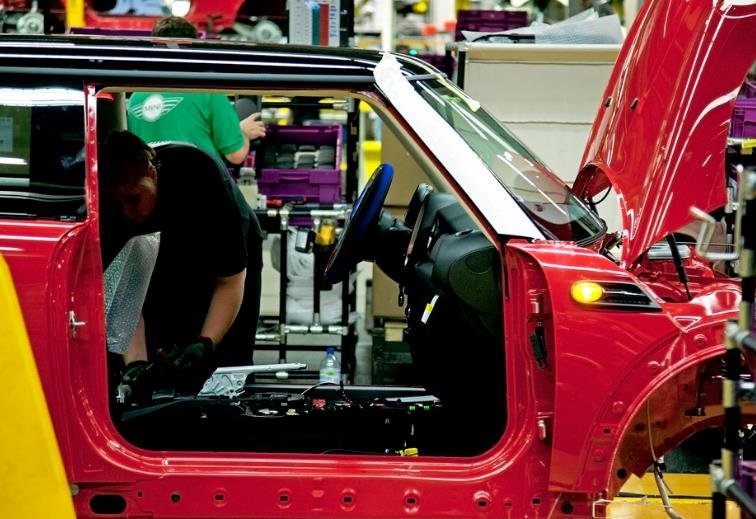The automotive industry is constantly evolving, with advancements in technology and manufacturing processes driving the need for stringent quality assurance and safety measures. Quality assurance (QA) and safety positions are critical in ensuring that vehicles meet high standards of performance, reliability, and safety. These roles involve rigorous testing, inspection, and compliance with industry regulations to protect consumers and enhance the overall driving experience. As the industry faces new challenges and opportunities, the importance of QA and safety positions continues to grow, ensuring excellence on the road.
Quality assurance in the automotive industry involves a comprehensive approach to ensuring that vehicles meet specified standards and customer expectations. QA professionals are responsible for developing and implementing quality control processes, conducting inspections, and identifying areas for improvement. Their work begins at the design stage and continues through production, ensuring that every component and system functions correctly.

One of the key responsibilities of QA professionals is to conduct rigorous testing of vehicle components and systems. This includes everything from engine performance to electronic systems and safety features. By identifying potential issues early in the development process, QA teams can prevent costly recalls and ensure that vehicles are safe and reliable. This proactive approach is essential for maintaining consumer trust and brand reputation.
In addition to testing and inspection, QA professionals also play a crucial role in compliance with industry standards and regulations. This involves staying up-to-date with the latest safety and quality requirements and ensuring that all products meet these standards. By adhering to strict guidelines, QA teams help manufacturers avoid legal issues and enhance the overall quality of their vehicles. This commitment to excellence is what sets leading automotive brands apart in a competitive market.
Safety Positions and Their Impact
Safety positions in the automotive industry are dedicated to ensuring that vehicles are designed and manufactured with the highest safety standards. These roles involve a deep understanding of safety regulations, crash testing, and the implementation of advanced safety technologies. Safety professionals work closely with engineers and designers to integrate safety features into vehicles, from airbags and seatbelts to advanced driver-assistance systems (ADAS).
Crash testing is a critical aspect of automotive safety. Safety professionals conduct a series of tests to evaluate how vehicles perform in various collision scenarios. These tests provide valuable data on the effectiveness of safety features and help identify areas for improvement. By analyzing crash test results, safety teams can make informed decisions about design changes and enhancements, ultimately improving the protection offered to occupants.
The implementation of ADAS has revolutionized vehicle safety. Features such as automatic emergency braking, lane-keeping assist, and adaptive cruise control are designed to prevent accidents and reduce the severity of collisions. Safety professionals are responsible for testing and validating these systems to ensure they function correctly in real-world conditions. This involves extensive simulation and on-road testing to verify the reliability and effectiveness of ADAS technologies.
Challenges and Future Trends
The automotive industry faces several challenges in maintaining high standards of quality and safety. One of the primary challenges is the increasing complexity of modern vehicles. With the integration of advanced technologies and electronic systems, ensuring the reliability and safety of these components requires sophisticated testing and validation processes. QA and safety professionals must stay abreast of technological advancements and continuously update their skills to address these challenges.
Another challenge is the global nature of the automotive industry. Manufacturers must comply with different regulations and standards in various markets, which can be complex and time-consuming. QA and safety teams play a crucial role in navigating these regulatory landscapes and ensuring that vehicles meet all necessary requirements. This involves close collaboration with international regulatory bodies and staying informed about changes in legislation.
Looking ahead, the future of QA and safety in the automotive industry will be shaped by several key trends. The rise of electric and autonomous vehicles presents new challenges and opportunities for QA and safety professionals. Ensuring the safety and reliability of electric drivetrains and autonomous systems will require innovative testing methods and a deep understanding of emerging technologies. Additionally, the increasing focus on sustainability and environmental impact will drive the need for rigorous quality and safety standards in the production of eco-friendly vehicles.
















